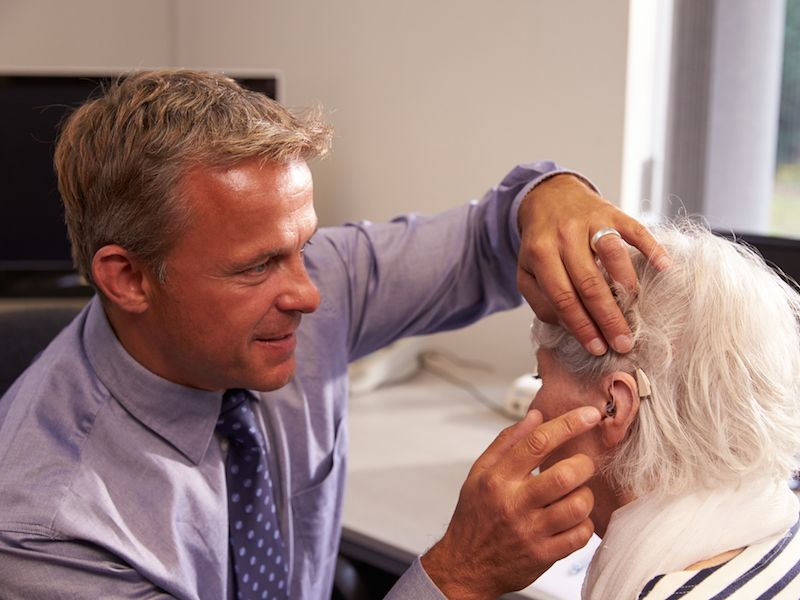
The numbers don’t lie: you will probably require hearing aids eventually. A report from NIDCD estimates that around a quarter of all individuals from 60 to 75 have some kind of hearing loss, and that number goes up to 50% for those 75 and older. The best method to fight age-related hearing loss is to use a hearing aid, but how do you know which style is the right one for you? Hearing aids at one time had problems such as vulnerability to water damage and unwanted background noise but modern hearing aids have resolved these sorts of issues. But there’s still a lot you need to know when picking a hearing aid to make sure it works with your lifestyle.
Directionality is a Key Feature
Directionality is one essential feature you should look for, which is your hearing aid’s ability to focus on the specific noise near you (such as a conversation) while reducing background sound to a minimum. One, or both, of two directionality systems are functioning inside most hearing aids, they either focus on sound directly in front of you, or they focus on sound coming from different speakers and sometimes do both.
Will Your Hearing Aid Interact With Your Phone?
As a nation, we’re addicted to our cell phones. Even if you don’t have a smartphone, it’s likely you have a flip phone. And for those few who don’t actually own a cell phone, you likely still have a land-line. So, the way your hearing aid works with your phone is an essential concern when you’re shopping for hearing aids. What is the sound like? Do voices sound sharp? Does it feel easy to wear? Is it Bluetooth Ready? These are all the things you should take into account when looking at new hearing aids.
Are You Likely to Use it?
In the last few years, as noted above, the technology of hearing aids has vastly improved. One of those advances has been the size and shape of hearing aids, which are a lot smaller nowadays. But there are definitely pros and cons. It depends on what your specific needs are. A smaller hearing aid is not as obvious and may fit better but a larger one might be more powerful. You can get a hearing aid that fits directly in your ear canal and is all but invisible, but it won’t have many of the features available in larger hearing aids and will be prone to earwax clogs. On the other end of the spectrum, a behind the ear hearing aid is bigger and might be more noticeable, but often come with more directionality features and provide more choices for sound amplification.
Exposure to Specific Background Noises
Wind noise has been an overwhelming problem for hearing aid users since they were developed. It would have driven anyone insane to go outside on a windy day and hear nothing but wind. If you’re an outdoors kind of person or you live in a windy area, you’ll want to suppress wind noises with your hearing aid decision so that conversations won’t have that annoying wind howl. Searching for more information about how to select the correct hearing aid? Give us a call.
